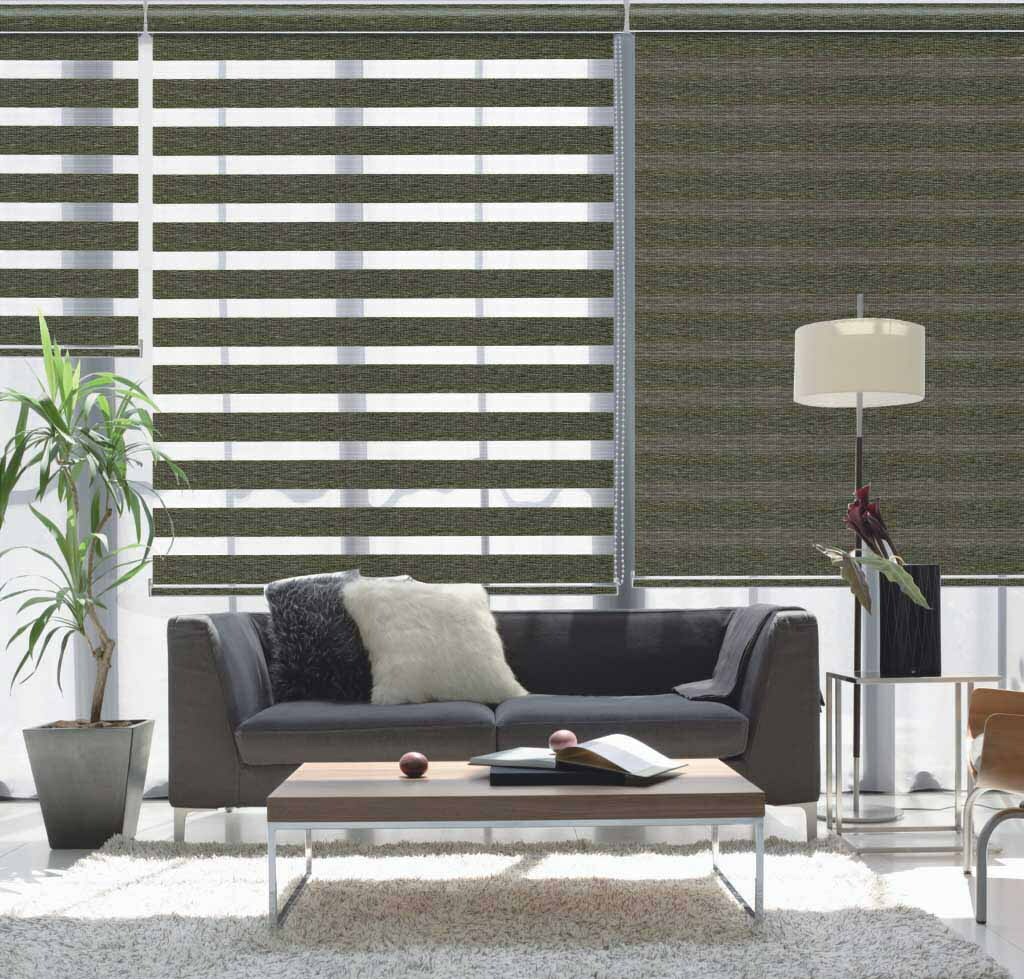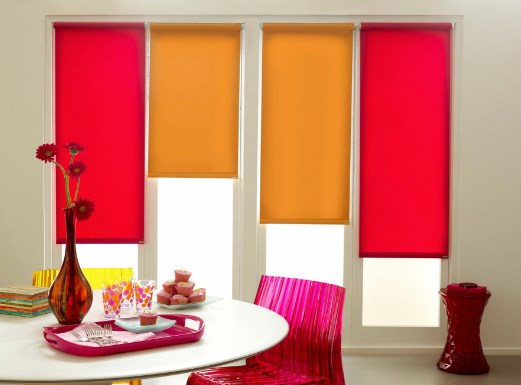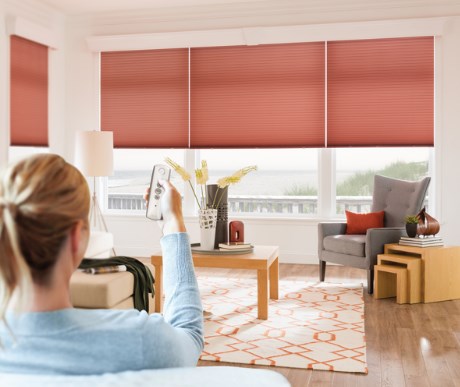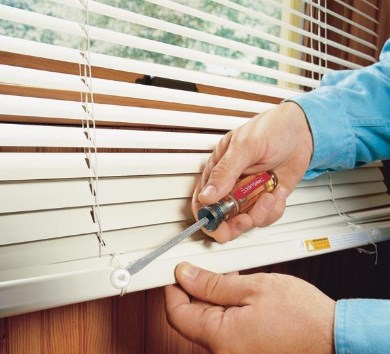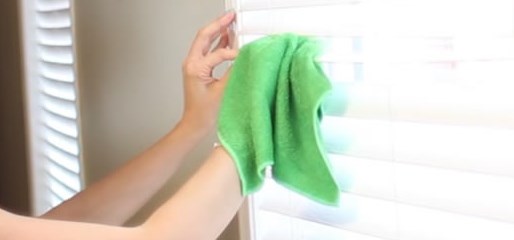Self-made blinds can enliven any interior and add zest to it. The manufacturing process is quite simple, so you can create interesting and unusual curtains even with your child.
Making blinds from wallpaper
The wallpaper left over after renovation is perfect for making paper curtains. Pleated blinds can also be made from whatman paper. The second option is most interesting for children, since the paper can be painted with felt-tip pens or markers.
There are various options for paper curtains - rectangular, with rounded edges. The service life of such curtains is one year. You can change pleated blinds more often, since it takes no more than half an hour to make a curtain.
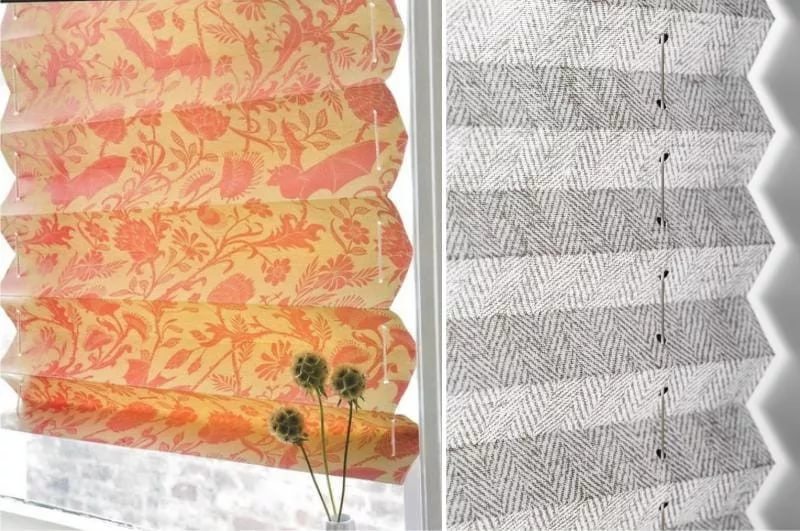
Necessary materials
To create a pleated curtain you will need the following materials:
- a roll of paper wallpaper or whatman paper;
- scissors;
- a simple pencil;
- rope, cord or tape;
- Double-sided tape;
- awl;
- lace fastener or bead;
- ruler;
- Velcro and decorative elements.
Step-by-step instruction
- First you need to cut a suitable piece of wallpaper or paper. Its length should be 30 cm greater than the height of the window.
- After the piece is cut, it is folded into an accordion. A neat accordion is obtained thanks to preliminary markings - first, equal segments are measured with a ruler, and then the bend line is marked with a pencil.
- When the accordion is assembled, use a ruler to find its center. A through hole is made at the central point. To do this, it is best to use an awl or hole punch. You can make two holes, and then the curtain will not be rounded, but rectangular.
- A rope, cord or ribbon is inserted into the hole and pulled through the entire accordion.
- The end of the rope is tied into a tight knot. You can secure it with a bead or a clothes fastener.
- The curtain can be decorated with various decorative elements - sparkles, flowers, butterflies. Velcro glued to the ends of the blinds on both sides of the rope allows you to make pleats with a “swag”.
- The finished curtain is attached to the cornice or glued to the window frame using tape.

REFERENCE: Curtains look original if the rope is secured with a large button.
We make fabric blinds with our own hands
Fabric curtains block out street light and bring a feeling of comfort and tranquility into your home. Various materials can be used. Fabrics vary in the degree to which they absorb light. For a room located on the sunny side, it is better to select dense materials. The variety of fabrics allows you to create a variety of curtains that look good both in the bedroom and in the kitchen.
IMPORTANT: You should select the fabric that harmoniously matches the interior of the room.
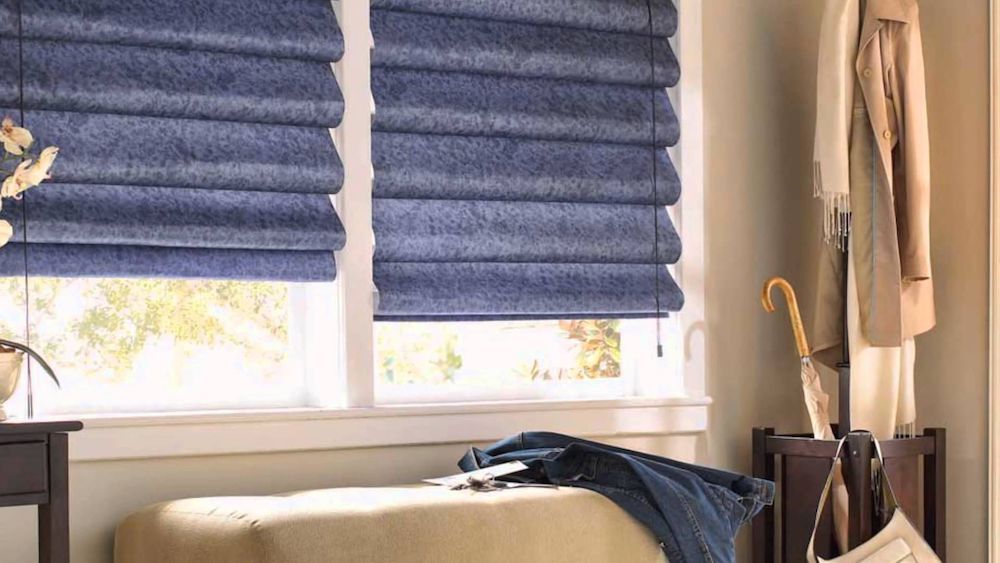
Necessary materials
For production you will need:
- a piece of fabric, the length of which exceeds the height of the window by 40-45 cm;
- two ropes or ribbons;
- awl;
- clamps;
- hooks;
- scissors;
- pencil;
- ruler.
HELP: You can experiment with fabric. Translucent materials will bring lightness and freshness to the interior, and dense fabrics will protect residents from the sun's rays.
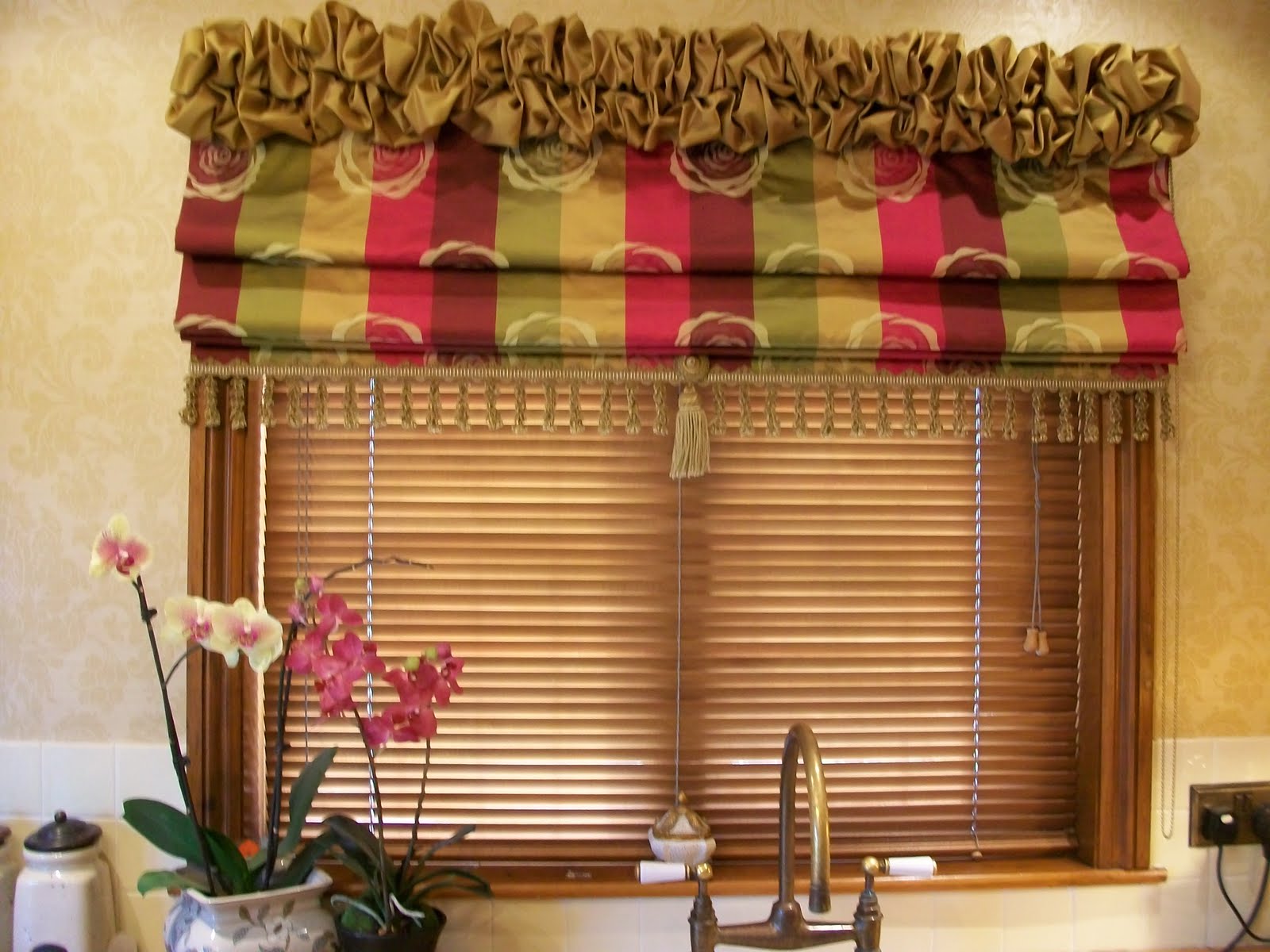
Instructions
- Measure 10 cm from the right and left edges of the fabric cut. Holes are made in these places with an awl. If the edge needs to be hemmed, then the space on each side should be at least 13 cm.
- Next, the same holes are made every 10 cm.
- Strings or ribbons are carefully inserted into the resulting holes. The thickness of the rope should correspond to the diameter of the hole. If the end of the rope begins to fray when threaded into the holes, you can lightly burn it with a lighter.
- The ends of the ropes are secured with clamps. You can also use beads as fastening.
- The curtain is attached over the window using hooks or nails.
A fabric curtain will last longer than one made of paper. It can also be decorated with sparkles, ribbons, beads or other decorations. To make the edge of the fabric look neater, it is stitched using a sewing machine.
Making Roman blinds from fabric
Roman blinds are a great addition to the design of living rooms and bedrooms. Made from fabric, these blinds can serve their owners for many years. The peculiarity of Roman blinds is the beautiful, even folds that form when lifted.
When making curtains, you can use various fabrics. The number of folds depends on the size of the window. On average this is 5-7 folds.
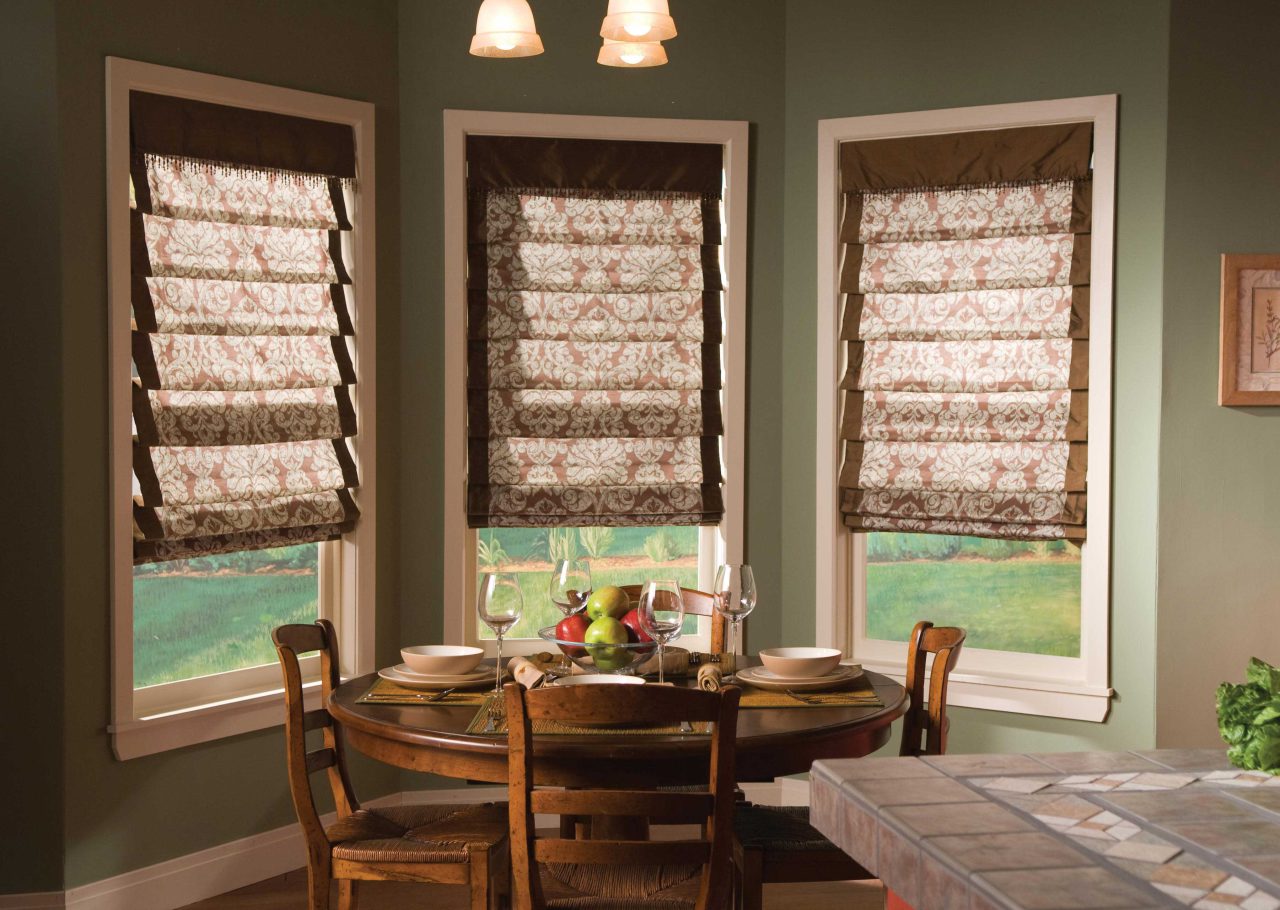
Necessary materials
To make Roman blinds, you need the following materials:
- five to seven weight strips. They can be made from old newspapers rolled into a tube or from small wooden slats;
- bottom bar 3-4 cm wide;
- piece of fabric;
- rope;
- ruler;
- chalk;
- fabric glue;
- a strip of Velcro for attaching curtains.

Instructions
- First you need to measure a piece of fabric. On each side it should be several centimeters wider than the window (5-10 cm). If you plan to make narrow curtains, then the piece of fabric should be slightly narrower than the window opening. Before starting work, the fabric should be ironed. The edges can be finished on a sewing machine or hemmed by hand.
- Next, using a ruler and chalk, mark the places where the weights are attached. They should be located at an equal distance from each other. You need to make a hole in the center of each weight for the rope. For a small curtain, 6 folds and 5 weights are enough. In order not to make mistakes in the calculations, you need to divide the length of the fabric by 5. It is necessary to take into account the width of each weighting agent.
- Weighting agents are glued to the designated areas with fabric glue. This glue is sold in sewing supply stores.
- The last strip is glued to the bottom edge of the future curtain.
- A rope is inserted into the prepared holes. It is advisable to secure its end with a clip, knot or bead.
- The blinds are ready! They are secured to the cornice using Velcro.
There are other ways to make curtains. You should not limit yourself to standard options and shapes - in stores you can find a variety of types of decorations with which ordinary blinds can easily be transformed into original interior details.


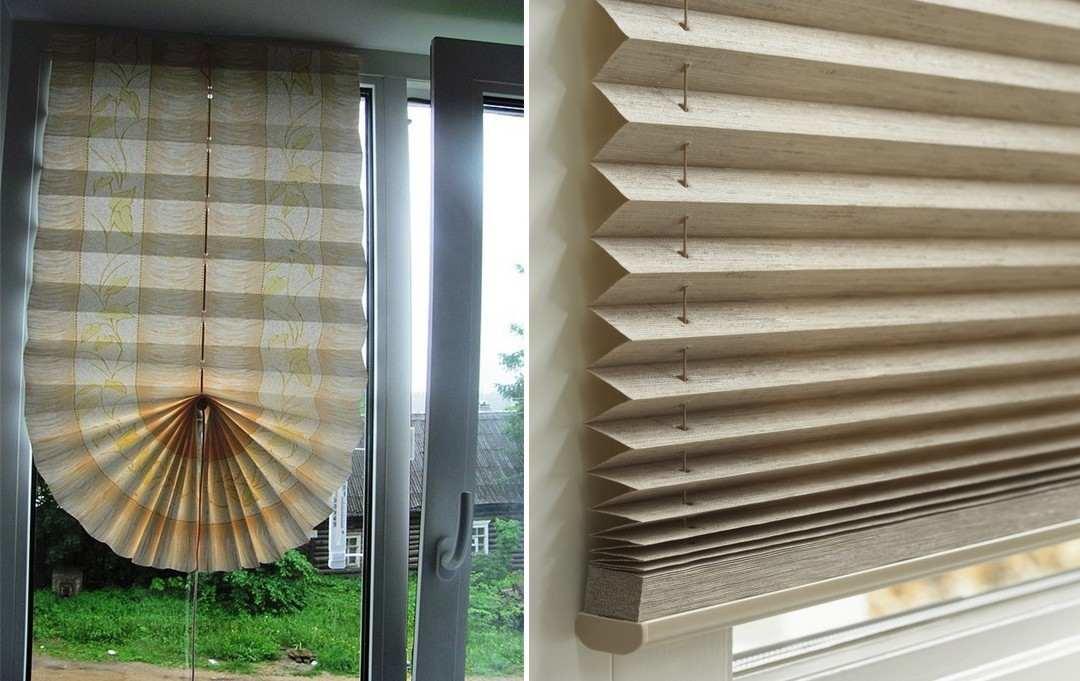
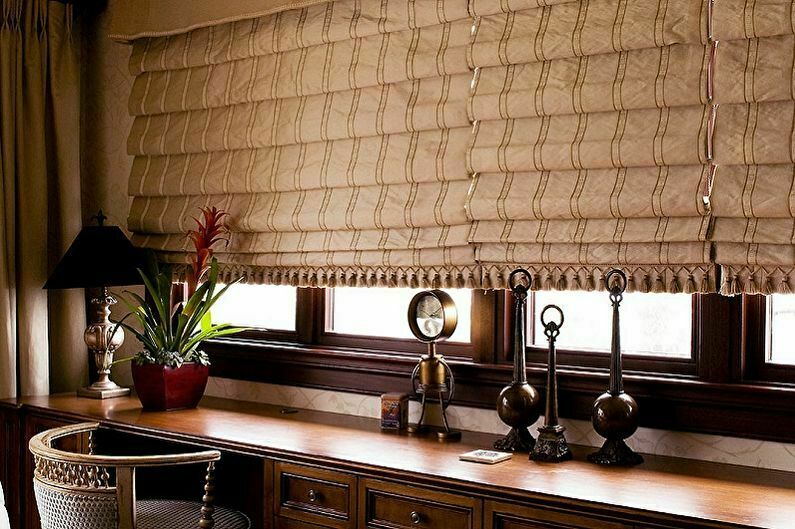
 0
0